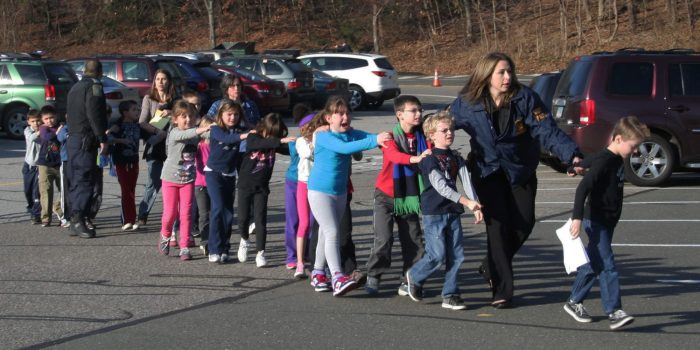What We’ve Learned About Disaster Relief
Whenever Americans are touched by a natural disaster or a horrifying mass killing, they immediately react with donations of money, time and resources. This amazing outpouring of generosity is admirable and heartwarming. But it can also lead to confusion, frustration and even anger. This past weekend, a group of survivors of mass U.S. shootings announced […]
Whenever Americans are touched by a natural disaster or a horrifying mass killing, they immediately react with donations of money, time and resources. This amazing outpouring of generosity is admirable and heartwarming. But it can also lead to confusion, frustration and even anger.
This past weekend, a group of survivors of mass U.S. shootings announced that they were uniting to make sure victims of future tragedies have greater control over donations raised on their behalf. Reuters news service quoted the group as saying, “Going back to Oklahoma City, we’ve seen families who have had to endure not only horrific loss, but also the unimaginable task of wrestling with Byzantine nonprofit bureaucracies to access financial relief intended for them.” The group is examining whether legislation or an executive order is necessary to create a federal or nonprofit entity that would coordinate donations after any future tragedy.
An immediate issue is the more than 40 funds that have been established to raise money on behalf of victims or projects relating to the mass killings at Sandy Hook Elementary School. According to The New York Times, these funds have raised over $15 million, with over $10 million being administered by the United Way of Western Connecticut and a local community foundation, but none of the funds have been distributed yet—and three months have passed since 20 children and six adults were gunned down inside their classrooms.
From our experience here at CDP helping donors shape charitable contributions following natural disasters, we’ve learned these points that might be applied to crises like Sandy Hook:
1. DONORS NEED TO BE CLEAR ABOUT THEIR INTENT. Donors react to terrible disasters for a variety of reasons. Clearly, many want to help the victims and the victims’ families specifically, although how to do so isn’t always obvious. But many are giving because they want to prevent future tragedies and are thinking ahead. Many don’t have a reason – they just want to do something in this moment of grief.
As a donor, take a few minutes before you give to think about what you want to happen with your gift. Is it to provide immediate comfort to the victims? And if so, is there a charity working on the ground that can make use of your gift? If not, is your gift going to a fund that can manage your gift with other gifts and find the right charities?
Other donors might be thinking about longer-term support and helping the victims’ families with grief recovery or long-term mental health needs. Is it a memorial in honor of one or all of the victims? Or perhaps you want to change policies related to school security and access or gun ownership.
2. NONPROFITS NEED TO BE CLEAR ABOUT THEIR ACTIVITIES. One of the great things about America is the large number of nonprofit organizations providing service to disaster victims. Many more are created whenever a disaster hits, but that can lead to confusion about what a nonprofit organization does. Some are organized around planning. Others are engaged in disaster relief. Still others are working on long-term solutions. Experience, capabilities, and capacity are also factors when assessing which nonprofit to support. Unfortunately, disasters also bring out scams; is it a legitimate organization that is been doing good work?
Take a few minutes to do a little research about a nonprofit before you make a donation. Our website has information on many disaster relief organizations. Another useful site is GuideStar, which has information on every IRS-approved organization.
3. IT TAKES TIME FOR THE NEEDS OF A COMMUNITY TO UNFOLD. In the immediate aftermath of a disaster, the needs of victims are raw and seem obvious—food, clothing, shelter and medical attention. But often the needs of a community aren’t revealed for months afterwards. Mental health issues after Hurricane Katrina didn’t reveal themselves until well after a year from the time of the hurricane. The long-term needs of New York and New Jersey residents after Hurricane Sandy are only now becoming apparent. It can take many years for a community to heal, and its citizens will need help all along the way.
The deliberate pace of decision making can be frustrating to victims, and donors can do a much better job thinking through their gifts strategically and communicating their intentions. At the same time, it is important to underscore that waiting to see what a community truly needs after the TV cameras have gone home could be the wiser investment in establishing the sustained recovery and change these communities so desperately need.
More like this

